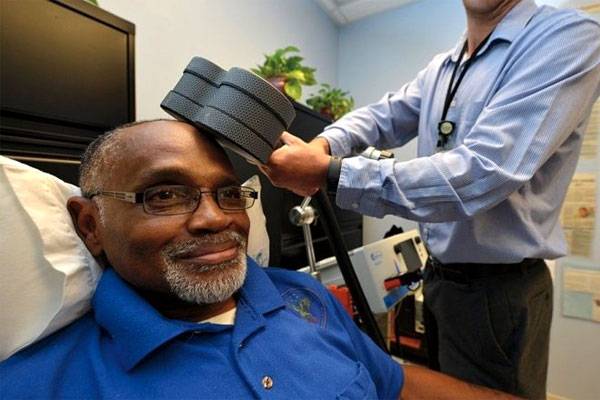geauxtohell
Choose your weapon.
Scientists say scanner can detect PTSD in veterans - CNN.com
I found this interesting, not only because it deals with veterans, but since it lays the basis for a tangible method of diagnosing a psychiatric condition, as opposed to a strict clinical diagnosis.
I found this interesting, not only because it deals with veterans, but since it lays the basis for a tangible method of diagnosing a psychiatric condition, as opposed to a strict clinical diagnosis.



